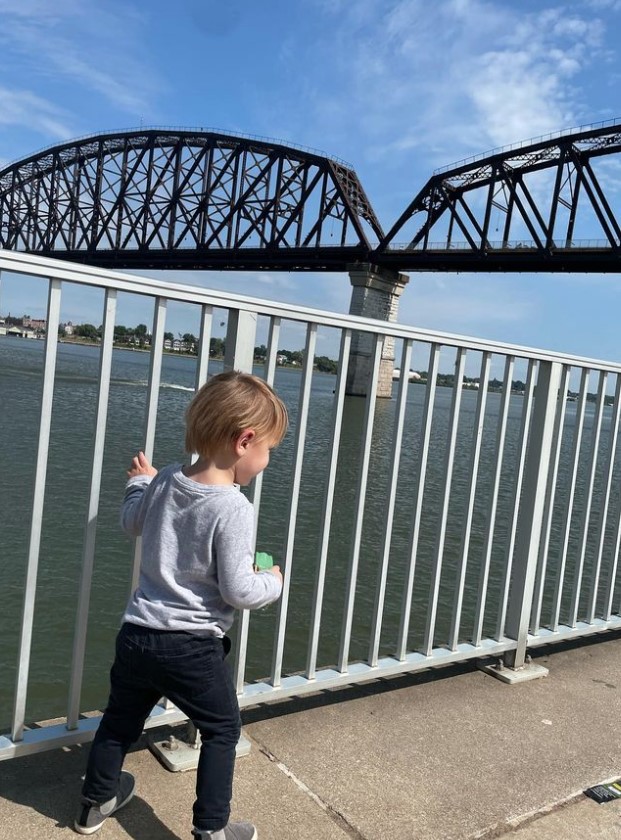Public Scholarship as a Pathway toward Mobility Justice and Inclusive Urban Design
S. Coco Herda

Some of my fondest memories as a child, traveling with my mom and siblings across town to take my dad lunch, have come to inspire my deep sense of service. Thirty years later in the same small town, the same inadequate pedestrian infrastructure that my family faced in the 80s had remained the same. I found myself confronted with the same risky decision as my mom: crossing four lanes of highway traffic to access to arrive at my destination. The difference was that I did not have four children in tow.
Necessity dictated my mother’s decision, while activism now drives mine. The service of public scholarship and its role in improving the accessibility of scholarly knowledge offer an approach to bridging the gap in communication between researchers and the general public to shape design decisions that impact community safety. Developing engagement tools rooted in research that serve at the intersection of mobility justice and urban design through public scholarship is crucial for creating safer and accessible cities.
My hometown as well as many cities across the U.S. have expanded their commitment to addressing traffic violence; however racialized community members have been left behind despite reductions in major injuries and fatalities. Safety strategies and policy initiatives intended to eliminate traffic injury and death often promote an interdisciplinary approach to improving those conditions that result in transportation related fatalities. All too often, however, those most impacted by traffic violence and inadequate infrastructure have been excluded from the decision-making processes.
As a public scholar and activist, I am deeply invested in reimagining processes, design, and pathways for the equitable access and distribution of safe transportation, services, information, and community resources independent of gender, race, age, socioeconomic status, geographic location, or ability. Addressing transportation justice, as one component of mobility justice, and rethinking safe pedestrian and multi-modal facilities and access to education and information that empower communities to reshape existing conditions propels me towards this liberatory work.
I see my work as an offering of practical solutions for communities to address mobility justice and urban design issues. My ambition is to close the gap between academic research and the complex dialogue of urban mobility. This involves embracing equitable, sustainable, and inclusive cities as imagined by those most unfamiliar with the experience of or potential for them. This is how we can help eliminate perils of traffic dangers from our childhood memories.



In CoCo’s work, the personal is public; what is public is intimate, urgent, and practical. A mother crossing dangerous traffic. A childhood spent crossing dangerous traffic. It does not have to be this way. A simple observation met with their simple, sweet questions: Why must it be this way? Why does it remain this way? Why are the voices of those whose lives must circumnavigate the infrastructure most violent refused when transportation systems are designed? Coco’s response is simple. Listen to the people. Centering their imaginations means embracing the possibility of a future in which a child becomes an adult whose memory is protected, whose life is articulated as valuable as embodied by the city’s buildings, its streets and green spaces, and the ways a mother, a father, and their children never again have to cross 4 lanes to arrive. Thank you for this piece, CoCo!!!